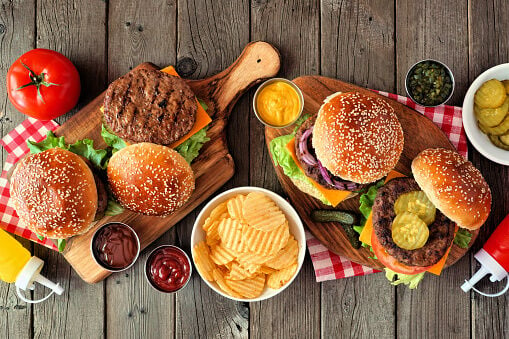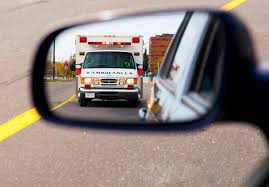As summer approaches, millions of Americans will hit the road to visit national parks, beaches and campgrounds. While packing that sunblock, bug spray and picnic blanket, make sure to also take some U.S. Department of Agriculture (USDA) food safety tips along for the ride.
“USDA reminds summer travelers not to let your outdoor meal become a feast for bacteria,” said USDA Under Secretary for Food Safety Dr. Emilio Esteban. “Bacteria grows faster during the summer months because it’s warmer and more humid. Pack perishable foods safely with a cold source and wash your hands thoroughly while preparing food.”
Keep these safety tips in mind while planning your summer getaway:
Avoid the Danger Zone
Food that is between the temperatures of 40 F and 140 F is in the Danger Zone and only has a limited time before it becomes a food safety risk.
- Remember to refrigerate perishable food within two hours, and within one hour if it’s a hot day (above 90 F).
- Keep cold foods at 40 F or below by keeping food nestled in ice on the picnic table or kept in a cooler until ready to serve.
- Keep hot foods at 140 F or above by placing food in warming trays or on the grill.
- Divide leftovers into smaller portions, place them inside small containers and keep them in a cooler below 40 F.
Safety on the Road
- Ensure your cooler is fully stocked with ice or frozen cold sources that can help keep perishable foods safe.
- Pack beverages in one cooler and perishable food in another cooler. The beverage cooler may be opened frequently, causing the temperature inside the cooler to fluctuate and become unsafe for perishable foods.
- Once outside, place the cooler in the shade.
- Full coolers will keep your perishable foods cold and safe for longer than half full ones.
- Fill extra space in the cooler with more ice. You can pack your foods when they are frozen to maintain a cold temperature.
Camping and Backpacking
- If you are camping or backpacking for more than a day, plan ahead for when your cold sources run out. Consider packing shelf stable items that don’t need to be kept cold.
- Shelf stable options include:
- pre-packaged, shelf-stable meals
- peanut butter in plastic jars
- concentrated juice boxes
- canned tuna, ham, chicken and beef
- dried noodles and soups
- beef jerky and other shelf-stable meats
- dehydrated foods
- whole or dried fruits
- nuts
- powdered milk and fruit drinks
Wash Your Hands
Wash your hands before your meals.
- If running water is available, follow proper handwashing steps to stop bacteria from spreading from your hands to your meal. Make sure to wet hands, lather with soap, scrub for 20 seconds, rinse and dry.
- If no running water is available, use hand sanitizer or moist towelettes that contain at least 60 percent alcohol.
- Do not use water from streams and rivers. The water is untreated and not safe for drinking.
For more food safety information, call the USDA Meat and Poultry Hotline at 1-888-MPHotline (1-888-674-6854), email MPHotline@usda.gov or chat live at ask.usda.gov from 10 a.m. to 6 p.m. Eastern Time, Monday through Friday.
***Courtesy of the U.S. Department of Agriculture***

















